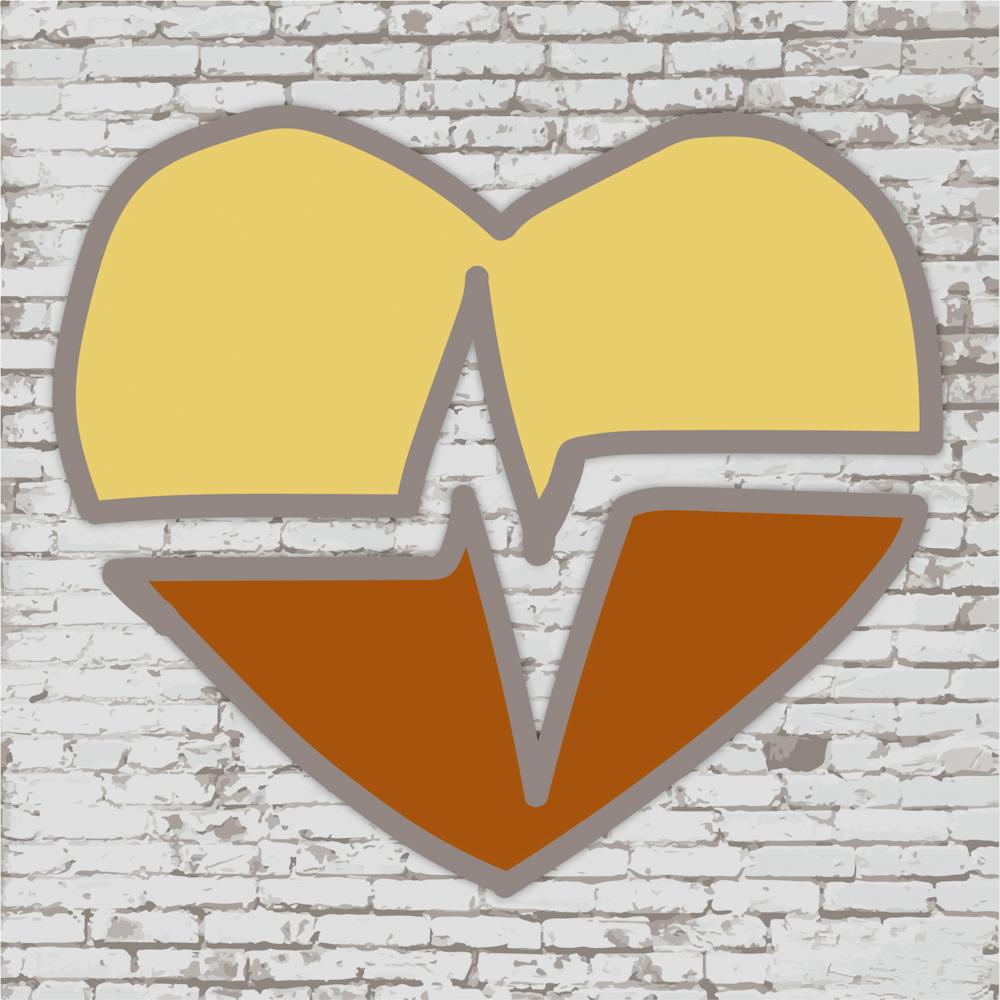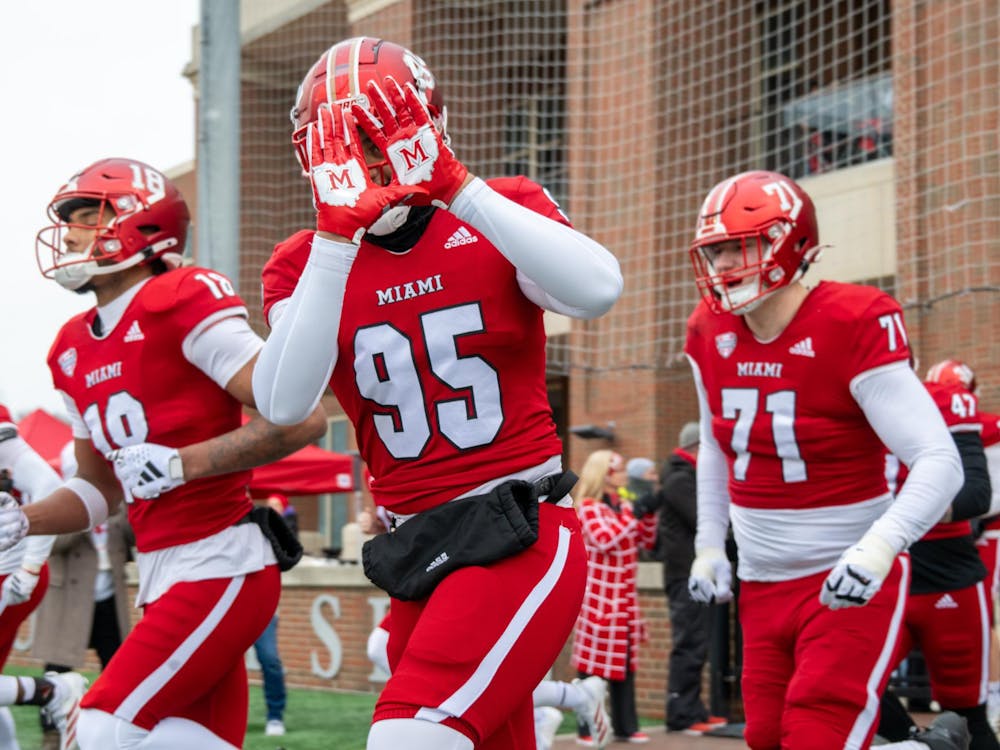Miami University’s Malory-Wilson Center for Healthcare Education is splitting the existing premedical studies co-major into two tracks: pre-health and premedical studies. This change will be implemented in the fall, organized as one co-major with two areas of focus.
What was once a catch-all co-major is being rebranded in an effort to meet the needs of a more diverse base of pre-professional health care students.
Joseph Carlin, professor and assistant director of microbiology, co-authored the alterations. He is hopeful that the change will make it easier for students interested in the programs.
“What we were discovering is we had a lot of students that were not pre-med but perhaps pre-[physician’s assistant] or pre-dental or in the other professional health care schools that we advise,” Carlin said. “Occupational therapy, physical, there is a long list, and the courses that were in the premedical studies co-major didn't exactly match up with their needs.”
The motivation for the change lies in the current major’s inability to apply to all the students that The Malory-Wilson Center is meant to serve. The staff was making multiple substitutions for students who needed to take classes alternative to those set on their degree audit.
Students who didn’t see the co-major as a good fit for them based on its curriculum were often missed. The confusion over the requirements deterred students from the program.
Among those deterred were those interested in pursuing futures in education for pre-physician’s assistant, pre-dentistry, pre-optometry and pre-physical/occupational therapy.
“There was no recognition that we could help them too,” Carlin said. “And we decided we really needed to be more of a full service advising center and so we updated the co-major to make sure that we're drawing in all the different pre-health professions.”
Tailyn Walborn, assistant director of the Mallory-Wilson Center and chief pre-health professions advisor, was an advocate of the split.
“The first part was because we wanted those students to feel more welcomed and for it to be more obvious that it wasn't just for students going to med school,” Walborn said.
She also noted the existing curriculum for the pre-med co-major has long been in need of an update.
“The other reason was that I didn't agree with the curriculum to begin with,” Walborn said. “I thought it was missing coursework and kind of misleading … [students would] look at the premedical studies co-major [and think] ‘I think these are the classes I need to succeed, to take the MCAT to get into med school to do well.’ And that's just not the case.”
Enjoy what you're reading?
Signup for our newsletter
With the new design, students with the premedical and pre-health studies co-major will be required to take a series of core courses totaling 39-40 credit hours. Then, they choose one concentration: premedical or pre-health. These concentrations take 22-26 credit hours.
The pre-health concentration is further specified through their separate suggested courses for pre-PA. The general pre-health track suggests a physics course, and psychology for pre-PA. Carlin said students are able to see, specifically, for their track and goals, what is recommended and required instead of the ambiguity of the previously generalized form.
“Formerly we would swap in psychology for physics. Now we don't have to do that,” Carlin said. “Now, they actually see what's going on. They can do better planning. I think a lot of it's about planning ‘Which courses do I need to take at what point?’”
Becca Dun-Roseman, a sophomore majoring in biochemistry and neuroscience with the pre-med co-major, found the premedical co-major requirements useful in gauging her schedule but knows this isn't the same for all students.
“I personally haven't had trouble figuring out what classes I need to take, however, because I am pre-med it is pretty standardized,” said Dun-Roseman. “However, that is not the same for all pre-health tracks. I know PA schools can have different requirements depending on the school, and I think it is great that Miami is creating a track to help support them.”
With these changes to the co-major, students will also have to now take premedical studies (PMD) 101 before they can declare it. PMD 101 is a course designed to educate students on how to be successful in the field of professional health care, with the goal of relieving some of the stress that comes with plans after graduation.
Dun-Roseman is also hopeful in the new design’s representation of people who want to get into healthcare but are not pre-med.
“I hope that this will put more focus on these careers and how important they are to the healthcare system,” said Dun-Roseman. “I hope that this change will make it easier for students that aren't pre-med to take courses that will benefit them in their careers and give them more representation within the pre-health community at Miami.”
The Malory-Wilson Center is committed to students in and leaving their programs. Walborn thinks the redesign has the ability to make Miami students more marketable to medical and other healthcare schools after they graduate.
“I've always tried to tell my students to look at your pre-reqs as the bare minimum, you want to be the strongest candidate possible,” Walborn said. “And because now we have this written into the co-major, I think that students are going to be more motivated to take those courses. So yeah, it will have a pretty good impact on our students and their competitiveness for these programs.”
With the new design, the department will be better able to help students find their way through all of their potential paths at Miami and beyond.
“It's gonna make our job in some ways easier,” Carlin said. “In some ways, maybe less easy because we're gonna have hopefully more students that are taking advantage of it.”




